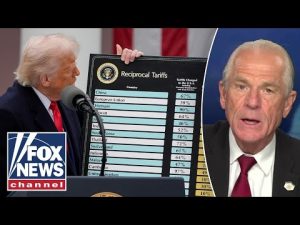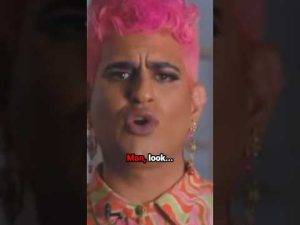Amidst the theatrics and drama that seem to envelope the case of Karen Read, the courtroom is turning into a stage worthy of a primetime television series. The accused, Karen Read, refuses to take the path of least resistance. She insists on her innocence, making it clear she would rather see the inside of a jail cell than admit to a crime she claims she didn’t commit. Her latest round of media appearances, including interviews with major outlets like Vanity Fair, might drum up mixed sentiments in the court of public opinion. But the real question is whether it could sway potential jurors who are already drowning in the sea of details surrounding this high-profile case.
The journey of this case stretches back to January 2022 when O’Keefe was found dead, sparking a sequence of legal maneuvers worthy of a Shakespearean plot. From pleading not guilty to facing a mistrial, Karen Read’s journey through the legal system reads like a textbook for what not to do if one hopes for a speedy resolution. The defense team’s narrative shifts from framing to alleged conspiracies, adding layers upon layers that would bewilder even the most seasoned courtroom enthusiasts.
Prosecutors, it seems, are trying their best to trim the fat from their case as they prepare for a second trial. With a previous mistrial adding bumps to the road, one can’t help but chuckle at how tangled this web has become. Perhaps they should consider streamlining their arguments, focusing on what truly matters rather than muddying the water with extraneous details. If history serves as a guide, refining their strategy could lead to a more decisive outcome this time around.
As if picking a jury wasn’t already akin to finding a needle in a haystack, the media circus surrounding this case leaves very few stones unturned. The challenge of finding jurors who haven’t formed an opinion is no small feat. Even those who claim not to have followed the case probably have an opinion stashed away somewhere. Jury selection, therefore, will be an exercise in navigating preconceived notions and preconceived biases, a Herculean task that requires both cunning and patience.
And then there’s the most theatrical piece yet—bringing a former alternate juror onto the defense team. It’s reminiscent of a courtroom drama or a twist in a movie where the unexpected becomes reality. This juror, who openly admitted a lack of faith in the justice system, crossing the aisle to join the defense is puzzling. One might be tempted to question whether this is a strategic stroke of genius or just another layer of pandemonium in an already chaotic case. Only time will tell how these antics will influence the final act of this legal odyssey.







